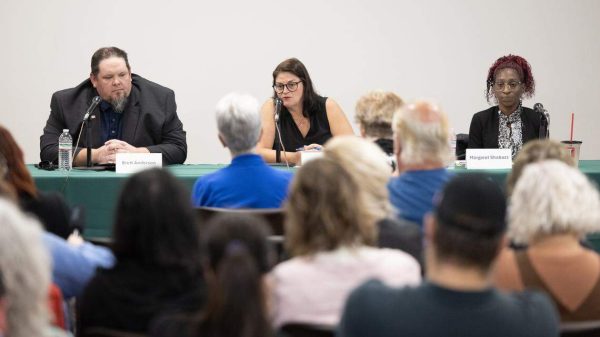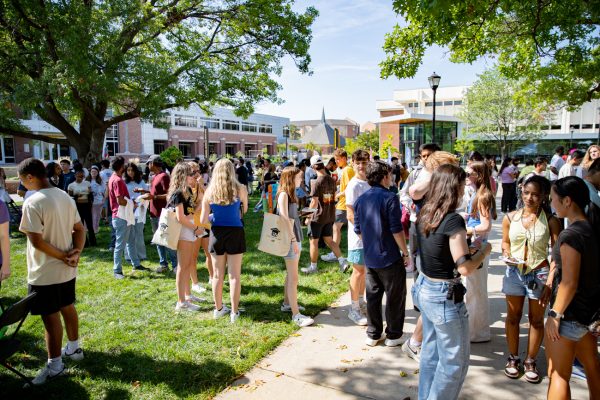STEAM versus STEM Education
We’ve all been asked it.
“What do you want to be when you grow up?
“What do you want to study when you get to college?”
“What are you going to do with that degree?”
The question is simple. The answer is not always so simple, and it is one of things that defines us most.
Recently, there has been a surge in STEM majors — Science, Technology, Engineering, Math.
And the Arts have taken a hit.
With funding cuts to art and music programs across the county, liberal and fine arts have been mocked and ridiculed for their “impracticality.”
This is simply not true anymore.
Stemtosteam.org is a website that has sparked a new movement in the education and work fields spanning this country.
According to the website, “STEAM is a movement championed by the Rhode Island School of Design (RISD) and widely adopted by institutions, corporations and individuals.”
Furthermore, “The objectives of the STEAM movement are to: transform research policy to place Art + Design at the center of STEM, encourage integration of Art + Design in K–20 education, and influence employers to hire artists and designers to drive innovation,” the website states.
The website features case studies ranging from experiments taking place in Andover Schools to Sesame Street.
One illustration of the importance of the merging of the arts and sciences comes from the same page where they discuss famed photographer from the 19-century named Charles Nègre, who was a pioneer for blending the subjects together to show us how they work together.
“Where science ends, art begins,” Nègre said. After all, blueprints cannot come to life without the creative aspects of a designer. No more so can a musician play sweet music without being able to count notes on sheet music.
The Sciences and Arts cannot exist by themselves. They, by their very natures, work together.
U.S. News and World Report have also covered the hot topic issue of the marriage between the arts and sciences. As mentioned with the Andover schools case study above, U.S. News and World Report looked closer and found good results.
“Andover High School in Massachusetts…teaches geometry through the lens of art. Through a scavenger hunt at a local museum, math and art students come to understand that scale in geometry is the same thing as perspective in art,” the publication said.
Moreover, in Minneapolis, Maryland, eighth graders at Wiley H. Bates Middle School study the arts of Mexican mosaics and the “art” of science simultaneously.
“The students study traditional turquoise mosaics and create their own versions with bits of paper,” the report said. “Their classmates then collect sample sizes and use them to predict the number of tiles used in the artwork.”
The report also indicates when students are able to take mathematics from an artistic approach to investigate and study the science behind it first, they are more inclined to have confidence and take more risks in the classroom, thereby branching out their knowledge.
Additionally, a new trend is skyrocketing in to the favor of teachers and lawmakers alike.
The emphasis of structuring STEAM around cultures and backgrounds to students, especially those who are typically marginalized, is having a ripple effect.
The example used by the U.S. News and World Report out of Georgia explained it as “culturally situated art-based learning [that] starts by first engaging students with art that speaks to their ethnic or cultural identity and ancestry,” they found.
Rep. Suzanne Bonamici (D-Ore.) is quoted in the article as saying that “The way we get an innovative workforce is to make sure that we have creative and critical thinkers coming through our schools.”
Embedding the arts into STEM subjects helps shape and nurture students in preparation for the knowledge needed to excel with economies, the representative continued.







